Learning From the Work Habits of Professional Pitchers
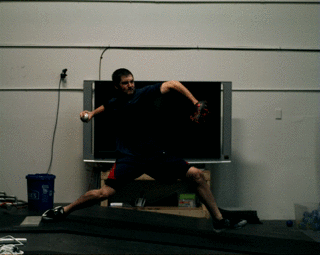
There are a lot of reasons to admire and emulate professional athletes when you are a young amateur student-athlete aspiring for athletic greatness. As a strength and conditioning specialist, the most obvious and observable qualities that I take notice of when working with higher level athletes pertains to their work habits.
While not every high-level ballplayer attained their professional status through an impeccable work-ethic – many of these athletes are in the top .05% of the top .05% in terms of athletic ability, size and stature, etc – there is no denying that the vast majority who are able to not only reach these levels, but sustain them, have developed terrific work habits.
Having worked at both the amateur and professional levels, I have been afforded the opportunity to work with a caliber of ballplayers ranging from elite to developmental. More importantly though, I have been able to observe them as they work toward improving and perfecting their craft.
Through this observational lens, I have learned a lot from the these athletes; what goes into the training process of the successful pitcher. And, today, I wanted to share what work habits I have observed from professional ballplayers that typically set them apart from their younger, developing counterparts at the amateur level.
Respect the Training Process
As human being, professional athletes are not much different than you and I, or anyone else for that matter. Many of them, like us, enjoy training. Many dislike it. Some love it, some hate it. Others carry indifference toward training and preparation.
What sets them apart is their relationship with training.
For starters, the typical professional athlete understands the importance of training. Not only do they know its benefits, but they appreciate what this means to the longevity and sustainability of their career, and ultimately their [and potentially their family’s] livelihood. Professional athletes tend to see the bigger picture, where many younger athletes might perceive invincibility from their innate abilities.
An athlete who can throw 90mph without ever having to prepare to throw 90mph may start to believe that they won’t ever need to prepare. Meanwhile, the professional athlete looks not only at what got them to that status, but also what will keep them there.
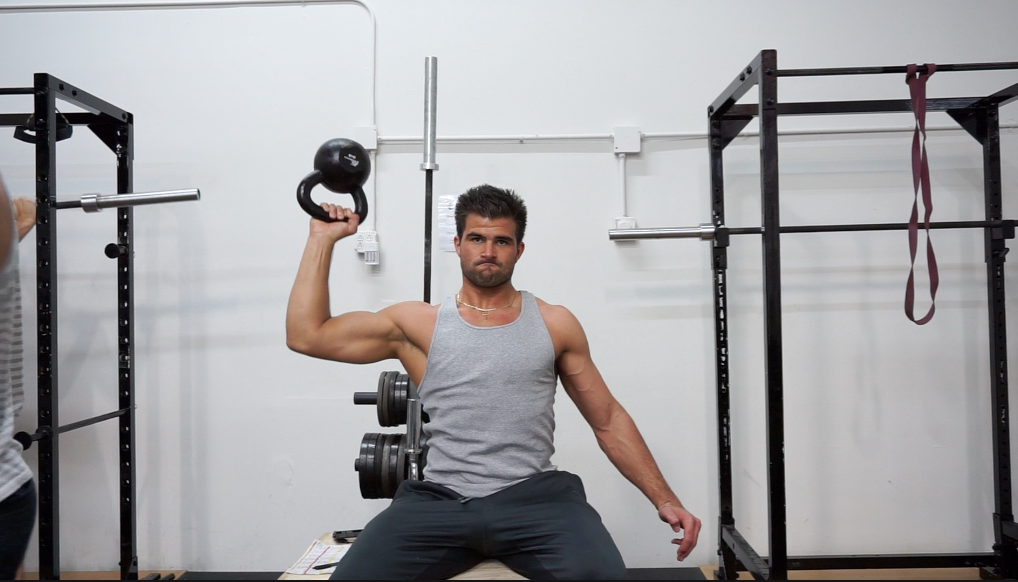 The professional athlete also tends to significantly respect the training process. This means embracing it even if they don’t like to strength-train, condition, prehab, rehab, or prepare. They understand what it means to their career, and that work-ethic can become a limiting factor for many as their careers wear on.
The professional athlete also tends to significantly respect the training process. This means embracing it even if they don’t like to strength-train, condition, prehab, rehab, or prepare. They understand what it means to their career, and that work-ethic can become a limiting factor for many as their careers wear on.
I’ve met many high-level athletes that will openly admit that they do not enjoy training. Yet they do it anyway, for both the sake of organizational compliance (insubordination is not a good look) and because they acknowledge the benefits that come as a result of training.
The ones that don’t enjoy training and resort to avoiding the work tend to find their way out of the game sooner rather than later anyway, as they are getting paid to do the work.
I’ve also seen highly talented amateur athletes at the high school level do the very same – avoid training and preparing because they don’t enjoy it as much as playing and practicing. For them, their talent may keep them in the game for longer than you would expect, but there is still a shelf life on talent, and the ceiling for potential performance seems to lower over time as well.
A young, amateur pitcher or ballplayers should take the lead from professional athletes – not in how they train, but how they approach their training from a mental standpoint.
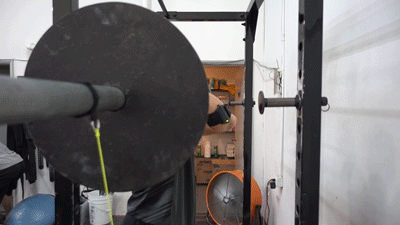
Seek to Understand What Works Best for You and Why
Another quality that I have observed many professional ballplayers to possess is the desire to take ownership of their own training process.
Taking ownership does not necessarily mean weeding out the parts of physical preparation that they don’t enjoy or that are the most difficult. It is about making decisions in the preparation process to put their individual in the best position to be successful each day on the field.
As an athlete this isn’t about making these decisions alone, though. Using the resources around you or seeking out additional resources is how you learn what methods work, and then putting them to practice is how you determine if they work for you.
This takes an open mind and some resourcefulness. When you have/find resources to help you develop your routines, such as your high school coach, you have to be willing to trust their best intentions. Giving their methods a shot (especially if they don’t jive with your preconceived beliefs or the opinions of others you’ve worked with) takes a truly open mind. Either their methods will work for you, or they won’t. If they don’t, that is ok, because something positive is coming out of the process: you are learning what does and does not work for you.
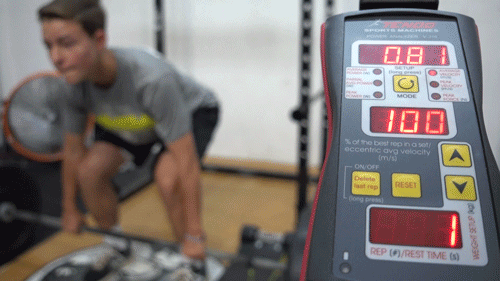
Many professional athletes take it a step further by asking “why?” certain training measures do and don’t work, or why they are or are not accepted by an organization.
For example, some professional organizations utilize the Olympic lifts or their derivatives, while others staunchly ban them. Imagine the professional pitcher that used Olympic lifts in college or in one pro organization, only to be signed by an organization that does not allow them.
A lot of communicating must go on between the player and coaching staff after the fact in order to determine what methods will work best for both parties – whether that is Olympic lifts or some alternative. This conversation can only occur, though, if the athlete understands what works best for them and has some semblance of a rationale as to why it works.
We can’t expect a 15-year old to know what works best for them. Nor can we expect them to understand the “why”. But, young athletes can emulate this process by being open to coaching and willing to experiment. They will learn a lot in the process.
Lose the Hype, Go to Work
Finally, something you will notice when watching many professional ballplayers prepare and train is that their is little hype or fanfare that goes into each training or prep session.
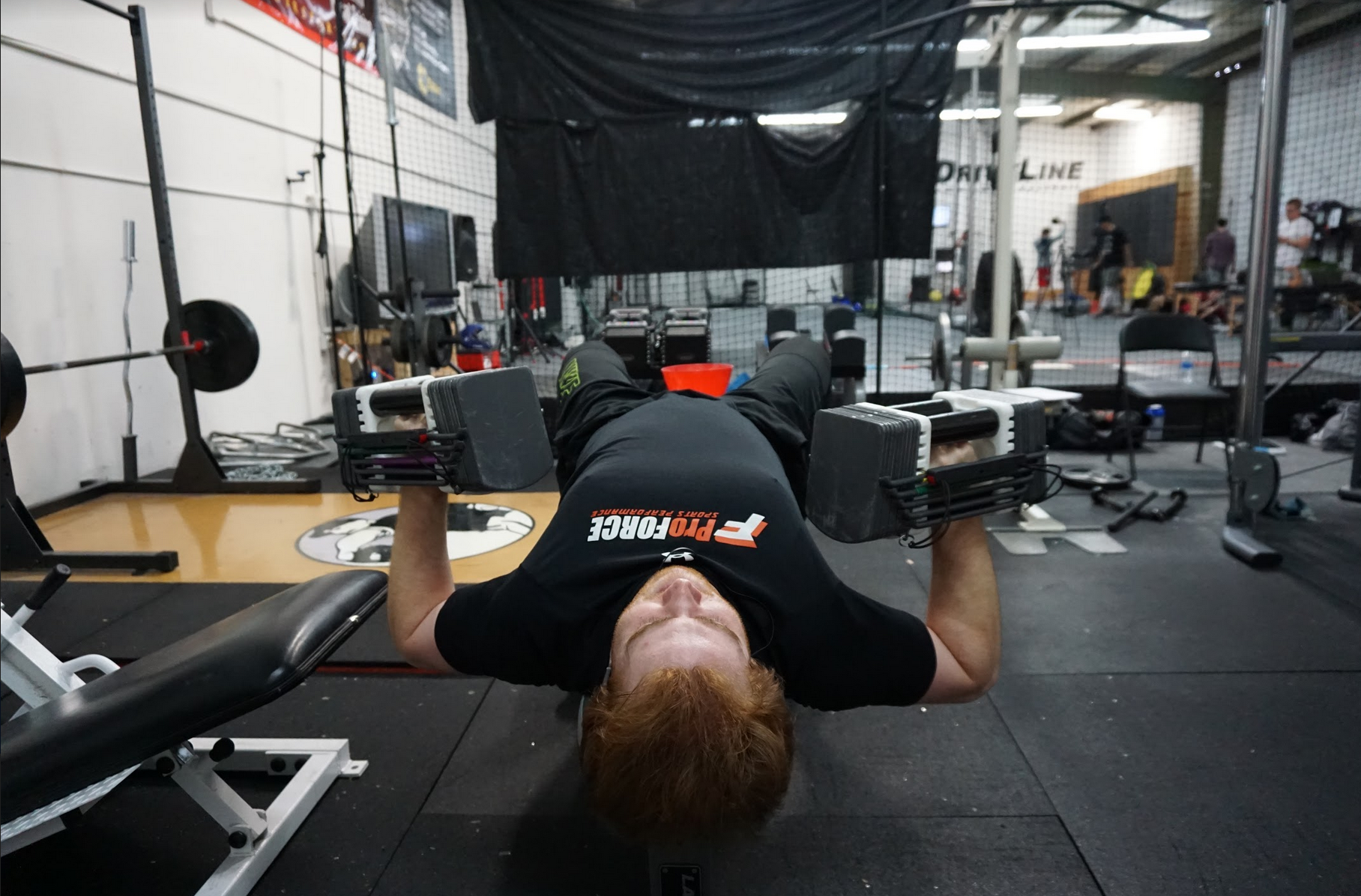
While some may come in with excitement and fire to train, it is not a show, nor is it a game – it is about the work.
I liken it to clocking in and out of work each day. The committed professional comes in at the start of their day, “punches their timecard” and proceeds to work.
The day may entail the following:
They will fuel up before upon arrival, and then prep (warm-up, foam roll, stretch, etc) before practice; they will practice and then fuel up at lunch; they will get their lift in for the day; they will fuel up again and prep some more; they will play, and then they will punch out and go home.
For the most part these ballplayers enjoy their work and craft, and they love the game of baseball. But, when the training process is a daily one, it becomes more about routine than hype, and putting yourself in the best position to compete when the lights turn on at night.
This doesn’t mean we should steal all of the fun out of the game for younger athletes, though. Developing athletes, of course, can be easily excited, and oftentimes they need that to retain enjoyment in the game as they get through their work. But, as a coach, parent, or even a player, it is important to slowly (we’re talking over the course of years) encourage a natural maturity in the training process as the amateur student-athlete themselves matures as a person.
***
Amateur athletes should not be expected to train like professional athletes; the bodies, minds, and capabilities of, say, a 15-year old and 25-year old are not equal.
But, younger athletes can in fact learn from the way professionals go about their daily training process to help them carve and shape their own routines and work habits. My hope is that this discussion helps illuminate some of these positive work habits that many professional ballplayers possess so that they can be encouraged to the young aspiring, developing student-athlete.
Want to learn more about what we know about gaining fastball velocity? Check out the wide array of blog articles we have relating to velocity building here.
Comment section